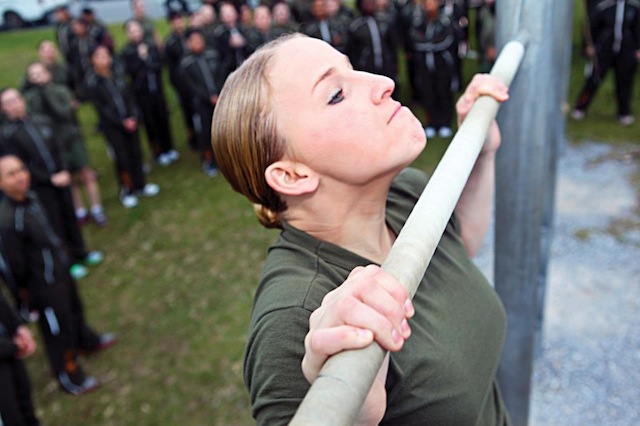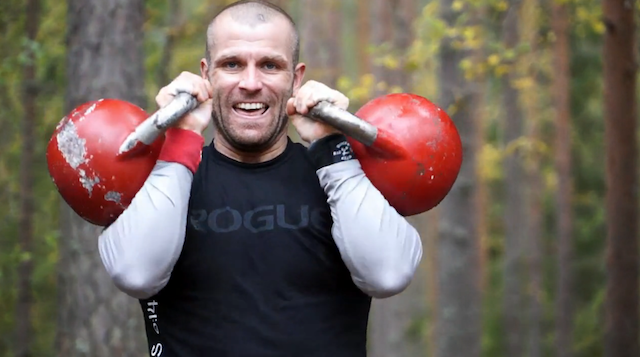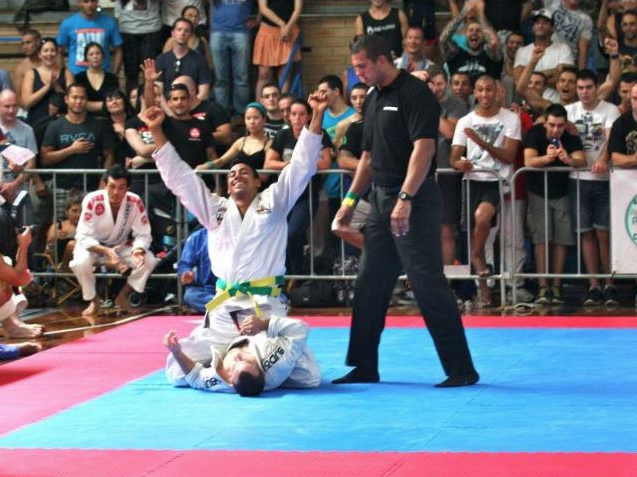
Kundalini Yoga is mostly focused on balancing the chakras and creating a clear path for one’s energy to rise. We can improve all aspects of our lives and strengthen our internal “survival tools” in order to survive any challenges that come across your way. Kundalini is a multi-faceted branch of yoga, and a class normally includes meditations, chants (or mantras), posture movements, and kriyas. All these allow the body and mind to be elevated to a different state of consciousness.
A basic Kundalini session can go for as short as 30 seconds to as long as an hour. Each session, however, is timed to allow the chemical changes in the body, blood, and brain to flow.
Kriyas and Mantras
What are Kriyas? Kriyas are basically a set of movements/postures/or breathing exercises done in sequence for specific periods of time. The sequence doesn’t change. Each posture or movement is timed to elicit a response in the body, which when combined with the rest of the kriya, will result in a particular outcome for the mind and body.
Chanting is very powerful and is proven to have a direct impact on our thoughts and brain patterns. Each kundalini yoga class starts with a chant, specifically the “Ong Namo Guru Dev Namo” chant, which is recited three times. This chant is loosely translated as “I bow to the divine teacher within.”
With this chant, you are connected to the chain of teachers that you have had before. It also connects you to your inner teacher or guide. This is such a beautiful concept—being taught by the teacher within us.
I’m sure most of us have heard or have been told that all the answers to our own happiness lie within. This simple phrase reminds us to take a look into our inner world and notice the changes that are happening within. At the end of the class, you will have to repeat the “Sat Nam” chant three times. This chant means “truth is my name”. You’ll end your Kundalini Yoga class vibrating nothing but only the truth.
What is Kundalini Yoga?
Kundalini Yoga is an ancient art and science that involves the transformation and growth of one’s consciousness—an awakening by raising the Kundalini energy up the spine through chakras. One can achieve the balancing and activation of chakras by uniting and combining Apana (eliminating energy) with Prana (or cosmic energy). This then creates enough pressure to force Kundalini to rise, through Pranayama (breathing exercises), Bandahs (body locks), and kriyas (exercise sets), Asanas (postures), mudras (gestures), and Mantras (sacred sounds).
Kundalini Yoga exercises also utilize Projection, Visualization, and Focused attention to achieve specific outcomes.
Through the practice of Kundalini, a person can unite their consciousness with Cosmic Consciousness consistently through careful execution of exercises and meditations in precise sequence and combination. A yoga practitioner or student will soon become proficient at recognizing the movement of energy inside and outside their body, and consciously starts to control its flow to awaken and stimulate the chakras, healing themselves and others, and then becomes a co-creator with universal energies.
Explaining Kundalini Terms
-
Kundalini
A branch of yoga that involves an incredibly powerful storehouse of psychic energy, which we call Shakti. This is symbolized as a curled, sleeping serpent, lying dormant at the base of the spine. Kundal, after all, means curl. Once this serpent is awakened, it unravels and rises through the central channel in the spinal column (Shushumana) to the Crown Chakra (Sahasrara) at the top of the head, which then triggers an awakening of consciousness and a rise to a spiritual state.
-
Prana Apana
Prana is defined as the basic life force found in the air we breathe and the food we eat. Kundalini Yoga enhances the absorption of Prana. Apana is the energy or power to remove or give back. Once the forces of Prana and Apana get strong enough to combine and create tappa or heat at the navel center, the heat created rises up to the first chakra and triggers the awakening of the Kundalini.
-
Kriyas
Kriyas are a series of one or several postures or exercises combined with pranayama, chants, locks, visualization, projection, and etc., performed in a specific sequence intended to produce specific effects. Kundalini kriyas are centuries old. Kriya literally translates to “work” or “action”.
-
Asanas
Asanas are postures or positions that aim to stimulate glands, organs, or body awareness, and to silence the mind in preparation for meditation. They often involve the application of pressure on nerves or acupressure points. This helps to spur on certain effects to the brain and body.
-
Mudras
Mudras are gestures or positions normally of the hands. These gestures lock and guide energy flow and reflexes to the brain. We can communicate to the body and mind by crossing, curling, stretching, and touching the fingers and hands, as each part of the hand reflexes to a particular part of the mind or body.
-
Bandhas
These are body locks or muscular contractions performed to help retain and channel energy (kundalini, Apana, and prana).
-
Chakras
Chakras are defined as centers of exchange between the non-physical and physical energy aspects of our being. They transform subtle prana into physical energy that flows through nadis or psychic channels and the meridian system. Chakras are energy vortexes viewed as swirling or spinning rings of light located along the spine.
-
Mantras
Mantras are words, phrases, or syllables in one of the sacred languages (Gurmukhi and/or Sanskrit). Or sometimes in English, which increases or improves consciousness through its meaning, the tone, rhythm, sound, and even the tongue on the palate or the reflexology.
-
Pranayama
These are breathing techniques that channel and guide the flow of prana and modify consciousness.
-
Meditation
This involves keeping your rational, reasoning, and dualistic egotistical mind to be still. In this way, you allow the neutral mind to focus awareness on inner reality far beyond cognitive ideas, and on outer reality beyond physical, earthly objects. There are many techniques used to achieve the purpose of meditation. This can result in a calm, emotional, intuitive, effective, efficient, and self-controlled personality. Meditation also improves one’s sense of being and consciousness. Meditating consistently promotes happiness and inner peace in higher consciousness.

















Follow Us